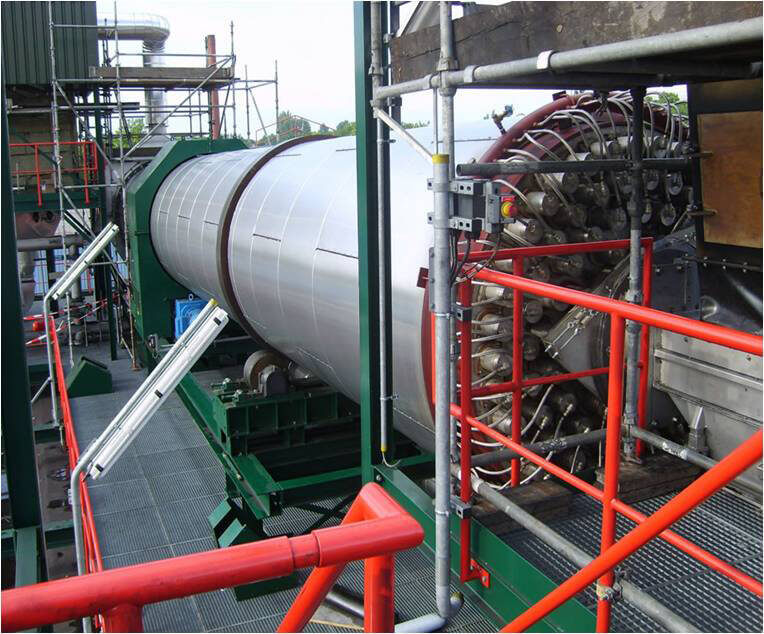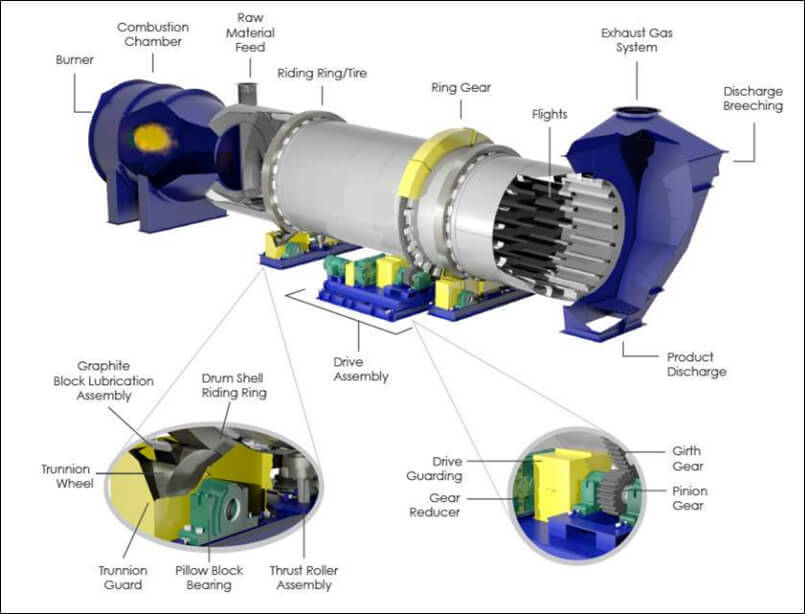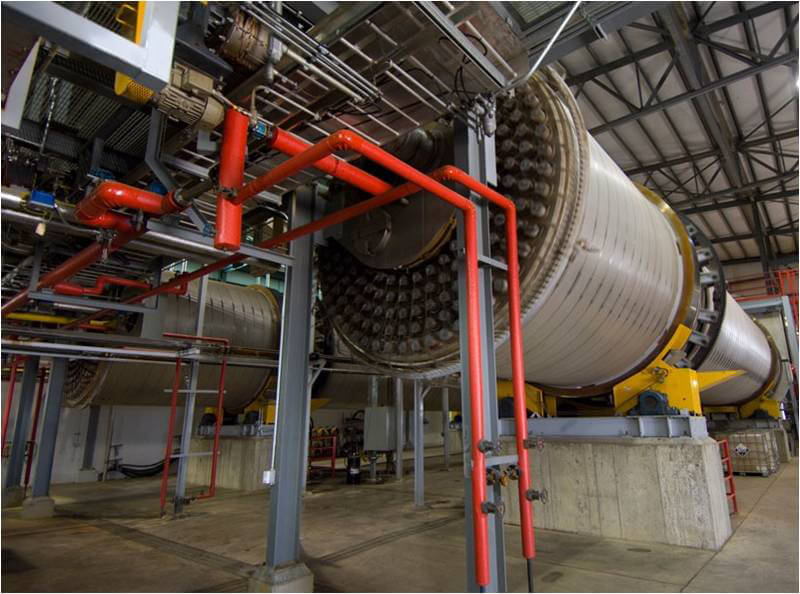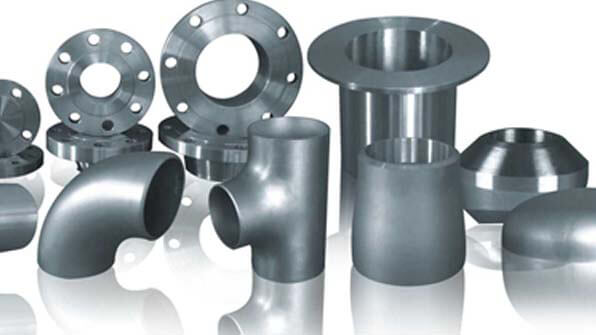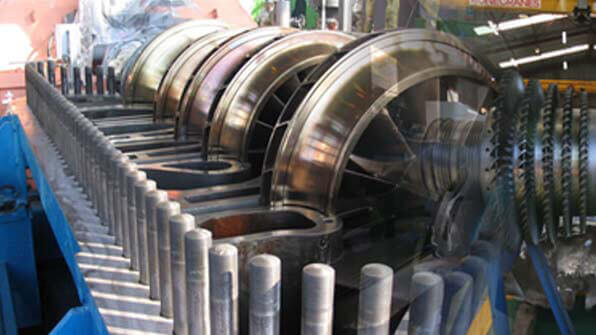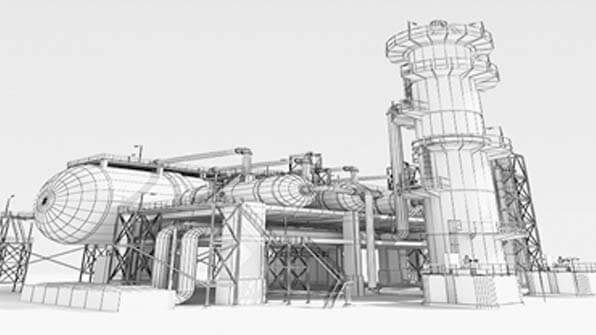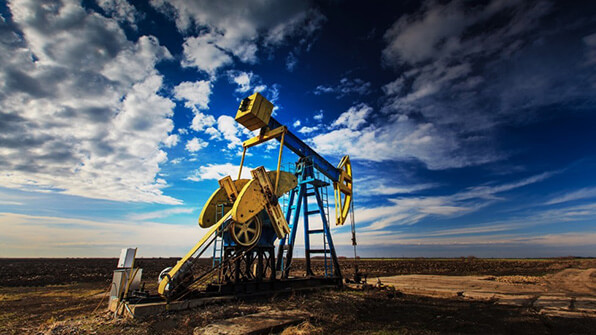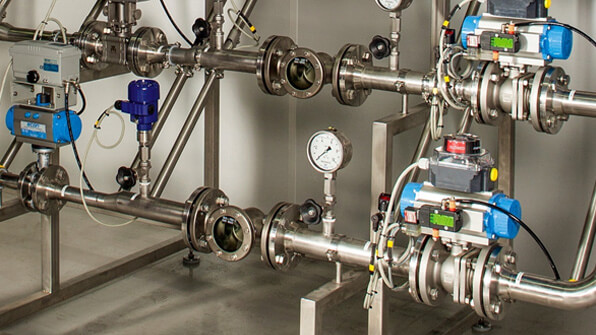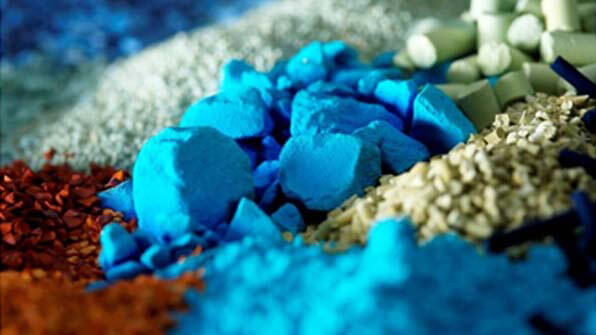Dryer Shell
The shell of the dryer can be made from a variety of materials, including: Carbon Steel, Stainless Steel, Hastelloy, Inconel, And other Alloys.
The dryer shell can be customized in many ways, depending on the process and material needs. For example, shell thickness can be adjusted to improve heat retention.
A properly constructed shell is of the utmost importance. The shell must run true and concentric in order to maintain process efficiency and be reliable for years to come.
A poorly manufactured shell will promote wear on all components, reducing efficiency, and often resulting in premature failure.
The Combustion Chamber
The combustion chamber is where the actual combustion reaction occurs. From here, the drying air is directed through the drum. A variety of combustion chambers are available, with various customizations available as well.
Burner
The burner determines the output of BTU’s/Watts.
Burners can be designed to accommodate a variety of fuel sources, such as: Natural Gas, Propane, Diesel and more…
Raw Material Feed
Also called the feed chute, this is where raw material feedstock is fed into the dryer. This is typically carried out using a feed chute or screw.
Feed chutes must be designed to be robust, resistant to wear, and to reduce the potential for material build-up.
Air Seal
The seal connects the discharge breeching to the rotating drum in order to keep air and material from prematurely exiting the drum. A variety of seal types are available.
Drive Assembly
The drive assembly is what causes the drum to rotate. Various options are available depending on the horsepower and size of the drum. Options include:
Chain and Sprocket, Gear and Pinion, Friction Drive, Direct Drive
Riding Ring
The riding ring is part of the support structure for the drum and provides a place for pressure to be absorbed.
Thrust Rollers
Thrust rollers push up on the riding ring to prevent the drum from moving horizontally, or “drifting.”
Trunnion Wheels
The trunnion wheels serve as the cradle for the rotating drum, helping to ensure smooth and concentric rotation.
Trunnion wheels also serve as a wear piece, since they are more cost-effective to replace than the riding ring itself.
Flights
Flights, also called material lifters, maximize heat transfer between the material and the drying air.
Flights pick up the material and drop it through the air stream as the drum rotates.
Both flight design and pattern are customizable.
Discharge Breeching
The discharge breeching is where product exits the dryer, and the exhaust gas system removes off-gases and small particulates.
Advancing Flights
Advancing flights help to advance material into the drum. They help to prevent build-up near the inlet.
Knocking Systems
Knocking systems are used to prevent build-up within the drum.

